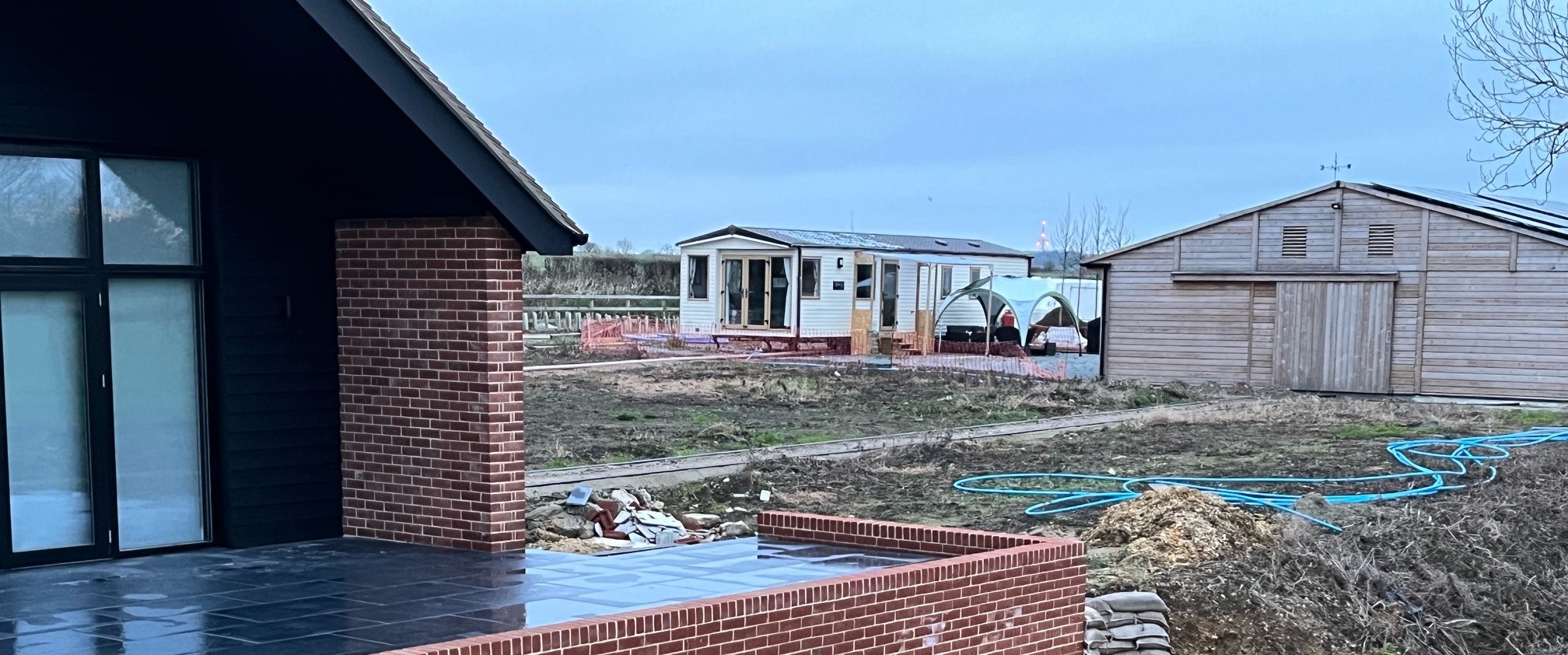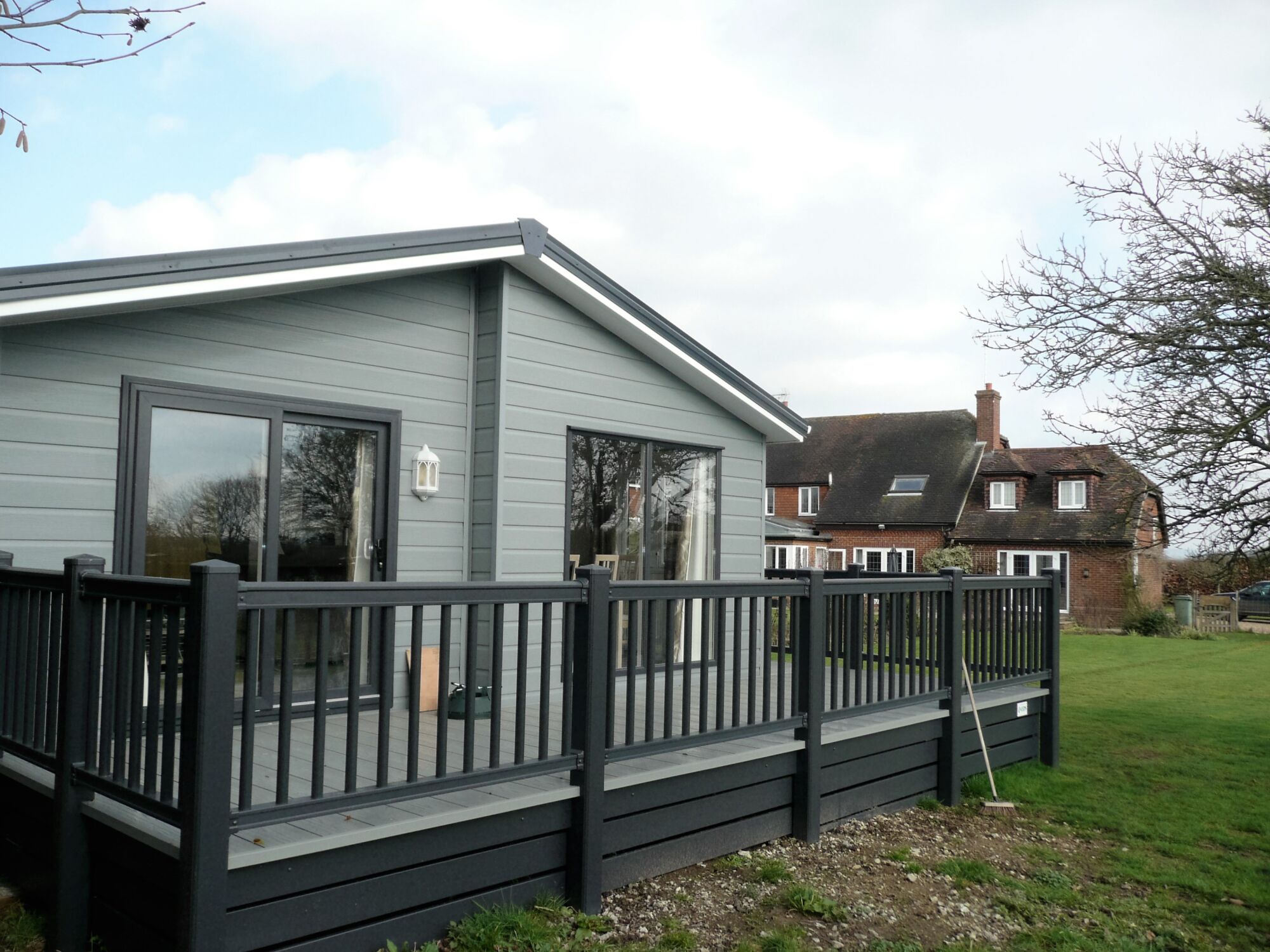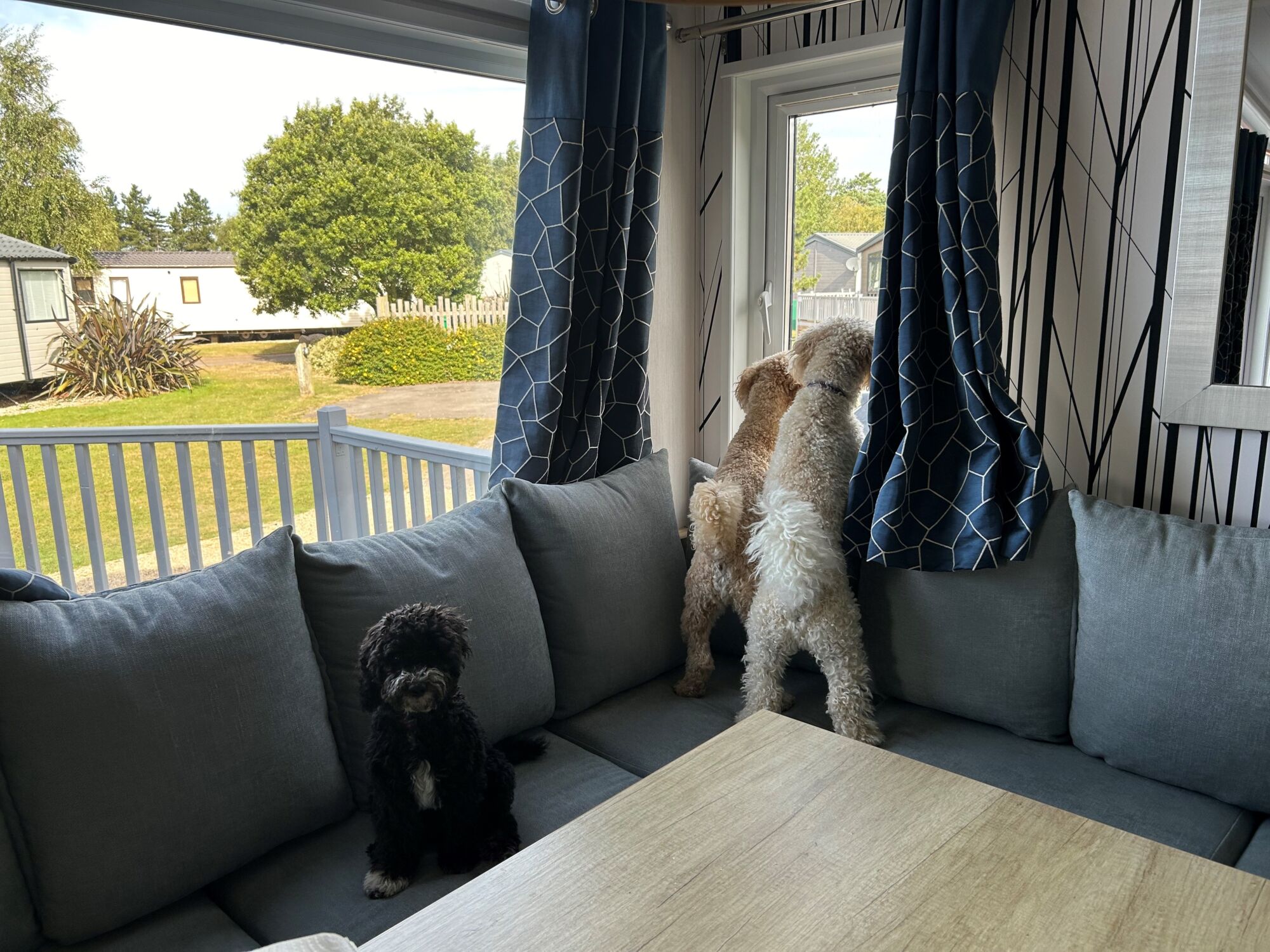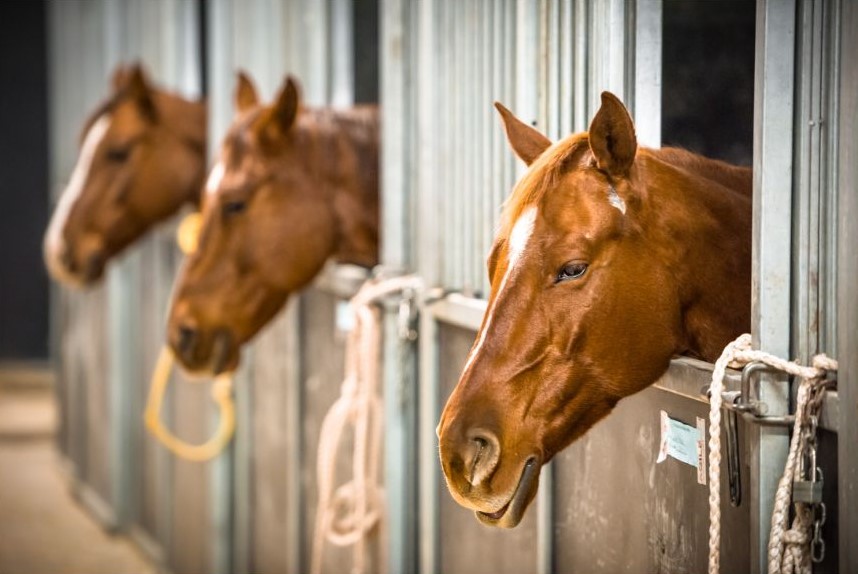Modern static caravans make fantastic homes all year round, and are even great for winter breaks if you’re looking for a holiday home in the colder months. However, there are some considerations a UK caravan owner needs to make as the temperatures start to drop, with the aim of protecting your static caravan from the elements and making it as comfortable as possible to stay in.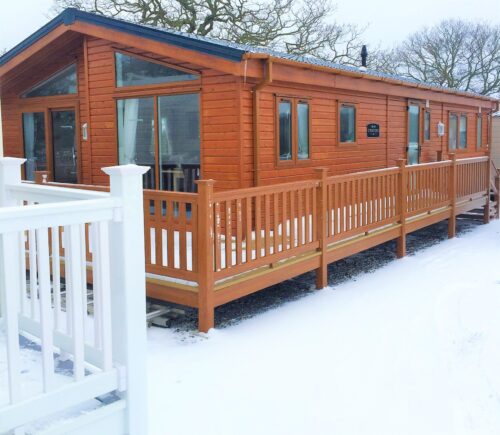
In this guide we take you through tips and advice to living in a static caravan in winter, and the best winter preparations to ensure you have a good season knowing you’ve done what you can to prevent damp, frozen pipes and irreversible damage.
Preparing your static caravan for winter
There are quite a few useful preparations you can make to have an enjoyable few months and enjoy those cosy evenings in.
Keep it warm
Just before you notice the temperature start to drop, invest in some thermal curtains, thick rugs, a portable heater, and thicker duvets and blankets for your bed. These items are great ways to add extra insulation to your static and to keep you from feeling the cold. They can also offer great value as static caravan owners can use them again and again each winter.
Another useful way to keep warm is to make sure no furniture is blocking your radiators, preventing the warmth from efficiently flowing through the rooms. This is less important in the summer when the heating will be on less, but you can really feel the difference in a cold snap.
If your budget allows and you don’t already have central heating, this would also help as a long term solution. Many static caravan owners now benefit from models with central heating designed in, and it is sometimes possible to upgrade an existing static.
Lagging pipes
When winter approaches, it’s crucial to take necessary precautions to protect the plumbing system of your static caravan from freezing. One effective method to safeguard your pipes is by lagging them. Lagging involves insulating the pipes to maintain a consistent temperature and prevent them from becoming vulnerable to cold weather. By applying insulation materials such as foam tubes or pipe wraps around the exposed pipes, you create a protective barrier that reduces heat loss and minimises the risk of freezing.
This simple yet essential task can help ensure that your pipes remain in good condition during the winter months, allowing you to enjoy a worry-free season in your cosy static caravan.
Prepare your windows and doors
Ensure that your windows and doors are lubricated to help prevent any rubber seals from getting damaged in freezing temperatures. You can also lubricate the locks as well to reduce the risk of them getting stuck. As you do this, take the time to check the general condition of your windows and doors, looking out for any cracks, breaks in sealant or mould. If you find mould, try a mould remover before the winter months so they’re in the best condition possible going into the cold weather when condensation is likely to occur.
You could also use this opportunity to check for other general maintenance tasks which are easier to carry out in fairer weather. Is the guttering in good condition? Are there any leaks in the roof and chassis? Are there any gaps that local wildlife might find to enter through to escape the cold?
How to shut down a static caravan for winter
If you’re not staying in your static for winter and it will be an empty static caravan (no renters), then you need to make preparations and shut it down for the season. Doing this properly will provide you with peace of mind that it will stay in a good condition until your return.
The process of shutting down a static for winter is often called ‘winterisation’ – you winterise your caravan for the season.
Drain down
A core preparation for winterisation is to drain down your static to prevent water freezing in your pipes. For most static caravans this involves removing any fittings that may retain water, flushing the toilet and putting antifreeze into the basin and waste pipes, and turning off the water supply before running the taps and shower until all the water is gone from the caravan’s pipes. This process can be fairly intensive and an important task, so it might be worth checking if your park offers a drain down service you could benefit from.
There are several other preparations involved in shutting down static caravans for winter:
Interior
- Remove any valuable items from all the rooms
- Stand mattresses to prevent damp forming
- Use vacuum storage bags for any clothes and bedding staying in the caravan
- Remove any perishables such as food and drink
- Allow for good air circulation; keep internal doors open and wardrobe doors open
- Have a good general clean to prevent mould and attracting rodents; vacuum all the carpets, wipe down the kitchen surfaces etc
- Clean out the fridge and freezer
- Turn utilities off – gas, electric and water supply
- Check air vents
- Leave curtains open (this can prevent mildew and is often the advice from caravan parks)
Exterior
- Check your static caravan guttering for any blockages and maintenance issues
- Look for any leaks or gaps in the roof and chassis
- If there’s a lot of vegetation under and around your static, even going up the sides, clear it for winter to discourage wildlife and for general upkeep
- If you have anything out on your decking such as outdoor furniture, store these away to prevent theft and to save them from the elements


